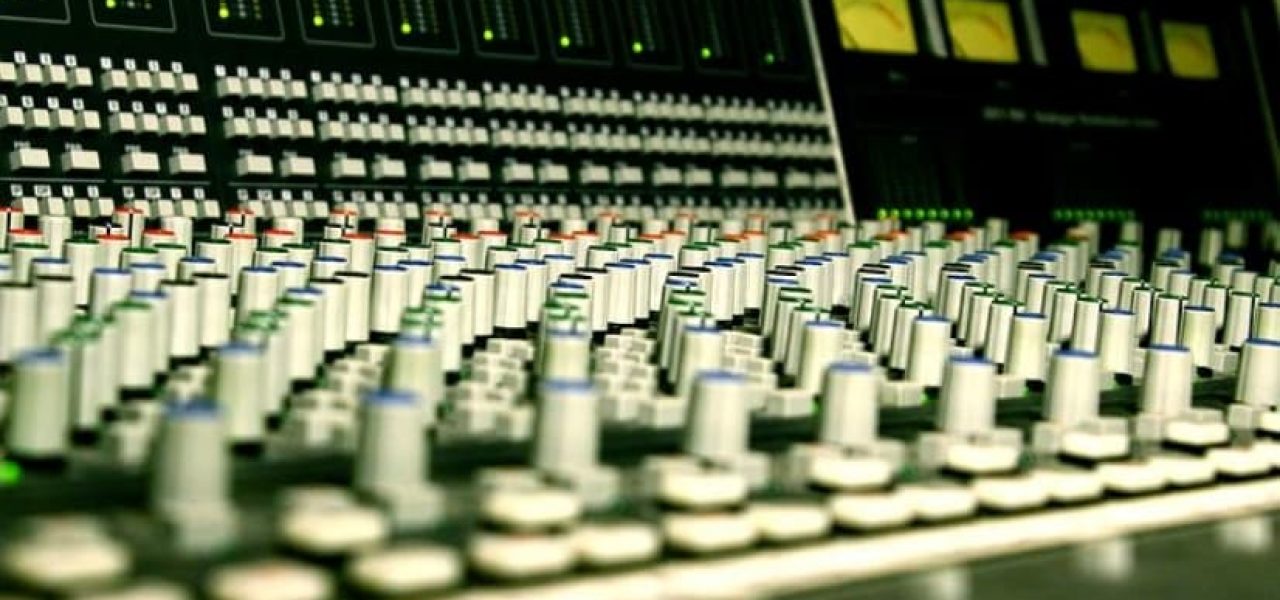Overview
Broadcasting is the sharing of audio and video content to a widespread audience by means of any electronic mass communication medium such as public radio, commercial radio, television, closed-circuit TV, amateur radio and amateur television.
The broadcast equipment market is driven by various factors including the transition from analog to digital broadcasting, an increasing focus on production automation, the growing worldwide acceptance of high definition (“HD”) and the rising number of digital channels. Other market drivers are growing content requirements and the increasing use of broadcasting equipment in sports broadcasting, places of worship, news production and corporate conferences.
Global Outlook
According to a report by Markets and Markets, the global broadcasting equipment industry is expected to grow at a CAGR of 4.9% between 2017 and 2023, from $4.4 billion in 2017 to $5.8 billion by 2023. The report goes on to add that some of the factors driving the growth of the broadcasting equipment industry are the rising demand for ultra-high definition (“UHD”) content production and transmission; a radical shift of products from hardware oriented to software and open architecture based products; increasing direct-to-consumer offerings through subscription-based video on demand services; and multi-channel networks in developed economies. The primary challenges to the growth of the broadcasting equipment industry are thought to be limited bandwidth and stringent regulations in various countries.
Regional Markets
North America currently holds the largest share of the broadcast equipment market. The growing cultural diversity throughout North America is one of the primary reasons that has led to the increase in the number of broadcast channels, which, in turn, has boosted the demand for broadcast equipment in this region. Europe is also one of the major markets for broadcast equipment.
The overall market in Europe is highly fragmented with the presence of some large and several medium-sized companies that offer solutions pertaining to media and entertainment.
The Asia Pacific region has witnessed steady growth over the past few years and is expected to be the fastest growing market for broadcasting equipment in the coming years.
Audio Monitoring Market
According to Zion Market Research, the global audio monitoring market stood at $926.6 million in 2016 and is likely to reach $3 billion by end of 2022, growing at a CAGR of 22.0% from 2017 to 2022. Due to rise in telemarketing fraud and cyber-crimes, the significance of audio monitoring has been increasing and so is the growth of audio monitoring market. There is an increasing requirement worldwide for real time audio monitoring to cope with the rising levels of digital crime. Audio monitoring systems are increasingly being employed to observe and monitor terrorist and criminal activities taking place the world over.
Additionally, the increase in business process outsourcing (“BPO”) is also a major boost for the audio monitoring market. Since call analysis and call recordings are significant operations performed in this sector, the importance of audio monitoring equipment has grown in proportion. Moreover, the increase in compliance and risk management in this sector is further boosting the audio communication market.
Demand for Video Servers
The market for video servers is expected to grow at the highest rate in the coming years. The increasing number of broadcasters offering direct-to-consumer (“D2C”) propositions through over-the-top (“OTT”) services, along with traditional distribution routes, is fueling the growth of this market. OTT refers to content providers that distribute streaming media as a standalone product directly to viewers over the internet.
OTT services bypass telecommunications and broadcast television platforms that traditionally act as a controller or distributor of such content. The term is most synonymous with subscription-based video on demand services that offer access to film and television content.
In broadcasting, servers act as hosts and are used to deliver content or videos. These servers are used to store and play out multiple video streams without degrading the video signals. Broadcast servers often store hundreds of hours of compressed audio and video in different codecs, play out multiple and synchronised simultaneous streams of videos and also ensure quality interfaces such as SDI for digital video and XLR for balanced analog audio and AES/EBU digital audio.
Enhanced Network Infrastructure
Continuous advancement in IT services and better network infrastructure is increasing the popularity of OTT content broadcasters such as Netflix, Amazon Prime, YouTube and others. Moreover, the increasing number of digital channels and HD channels is anticipated to impel the growth of the broadcasting equipment market, primarily in the Asia-Pacific region. However, several factors have the potential to slow industry growth: slow adoption rate in some government institutions, low penetration rate of electricity in undeveloped nations and availability of sub-standard substitutes.
Recent Trends
Remote Productions and New Workflows
With the rise of high-bandwidth wide area network (“WAN”) connectivity, whether public or private, broadcasters today have begun looking at remote integration (“REMI”) or remote at home productions. This involves sending raw high-quality camera feeds from the field over IP to a centralised live production system. Broadcasters can, in turn, improve efficiency and minimise costs by using these in-house or cloud-based production systems to produce high-quality live programming.
With remote production, fewer staff and equipment are required in the field, lowering travel expenses and logistical costs. Thus, the organisations in this sector are also able to cover multiple events in a single day with the same personnel.
Another cost-efficient option that is increasingly being preferred is to send remote feeds directly to cloud-based production software, whose programme outputs can be directly transmitted to OTT and social media platforms.
Cyber-Security
According to ABIresearch, the Internet of Things (“IoT”) is growing at a dangerously fast pace, and researchers estimate that the number of active wireless connected devices will exceed 40 billion by 2020.
The research firm cautions, “Today, something as innocuous as a light bulb or as important as a vehicle can be connected digitally… However, with an increasingly interconnected world comes an increased security risk. IoT devices have become an attractive target for cybercriminals, enabling malicious activities such as hacking of medical devices, vehicles, baby monitors and more… It is only a matter of time before IoT makes its way into the world of videowalls, making it vitally important to upgrade security infrastructure for these systems.”
The Age of Software Defined Systems
According to research firm, IDC, the software-defined networking (“SDN”) market is heading toward a valuation of $12.5 billion by 2020, representing growth of more than 50% from 2016’s nearly $8 billion market.
This boom is expected to lead to increased network management centralisation, thus enabling more efficient broadcasting infrastructures. Like selecting modular systems, looking at the roadmap for future upgrades in SOCs (“System on a Chip”) will make up most of the system investment.





